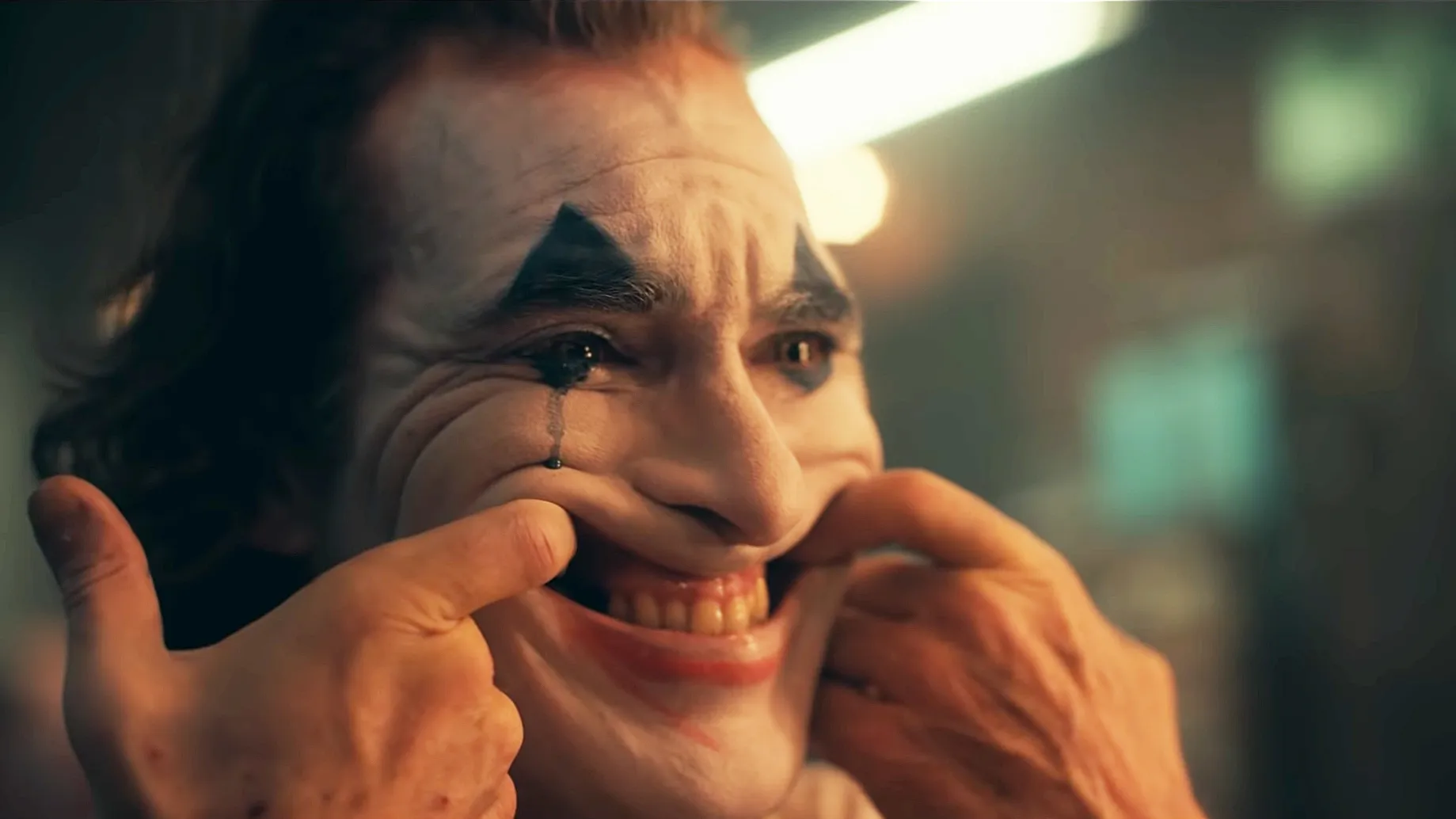Joker: A Haunting Descent into Madness and Society’s Neglect
Joker (2019), directed by Todd Phillips, is a psychological character study that boldly reimagines the origin of one of pop culture’s most iconic villains. Far removed from the colorful comic book films of its time, Joker delivers a grim, unsettling portrait of a man pushed to the brink by a society that continuously ignores and marginalizes him. Joaquin Phoenix’s Oscar-winning performance as Arthur Fleck, the man who becomes the Joker, is both mesmerizing and deeply disturbing.
Set in a gritty, decaying Gotham City during the early 1980s, Joker introduces us to Arthur, a mentally ill and emotionally fragile clown-for-hire and aspiring stand-up comedian. He lives in poverty with his ailing mother and struggles daily with feelings of isolation and worthlessness. Constantly ridiculed, bullied, and beaten down by those around him, Arthur’s fragile grip on reality begins to crumble. As his world collapses, he slowly transforms into the anarchic figure known as the Joker.
![Review] Joker – Tiếng cười cay đắng của gã hề](https://touchcinema.com/storage/phim-joker/phim-joker.jpg)
The brilliance of Joker lies in its intimacy and restraint. Unlike other superhero or villain origin stories, this film does not rely on action sequences or grand set pieces. Instead, it focuses on the internal unraveling of its protagonist. The camera follows Arthur closely, often uncomfortably so, capturing every twitch, glance, and forced smile. Phoenix’s physical transformation—his emaciated body, his hunched posture, and his haunting laugh—is as much a performance of body as it is of mind. He fully inhabits the role, offering a chilling portrayal of a man lost in the cracks of a failing system.
The film is deeply influenced by 1970s cinema, particularly Martin Scorsese’s Taxi Driver and The King of Comedy. Like those films, Joker uses its protagonist as a lens through which to examine themes of alienation, class inequality, and the failure of social institutions. Gotham City is a character in itself—filthy, angry, and bursting with discontent. Trash piles up in the streets, social services are underfunded, and the wealthy elite remain disconnected from the struggles of the working class. Arthur’s transformation into the Joker is not just a personal descent into madness, but a violent reaction to a world that has repeatedly ignored and humiliated him.

Hildur Guðnadóttir’s haunting cello-driven score adds to the oppressive tone of the film, giving voice to Arthur’s inner torment. The cinematography by Lawrence Sher captures both the beauty and the ugliness of Arthur’s world—sunlight filtering through grime-covered windows, or the now-famous stair dance that symbolizes his final embrace of his Joker identity.
Joker is not without controversy. Critics and audiences debated whether the film glorified violence or justified extremism. But at its heart, the film is less about excusing evil and more about warning what can happen when empathy disappears from society. It is a mirror held up to modern culture, asking how many "Arthur Flecks" are ignored until they break.

In conclusion, Joker is a bold, challenging film that redefines the comic book genre. Through a tour-de-force performance by Joaquin Phoenix and stark, uncompromising storytelling, it forces viewers to confront uncomfortable truths about mental illness, inequality, and human empathy.


